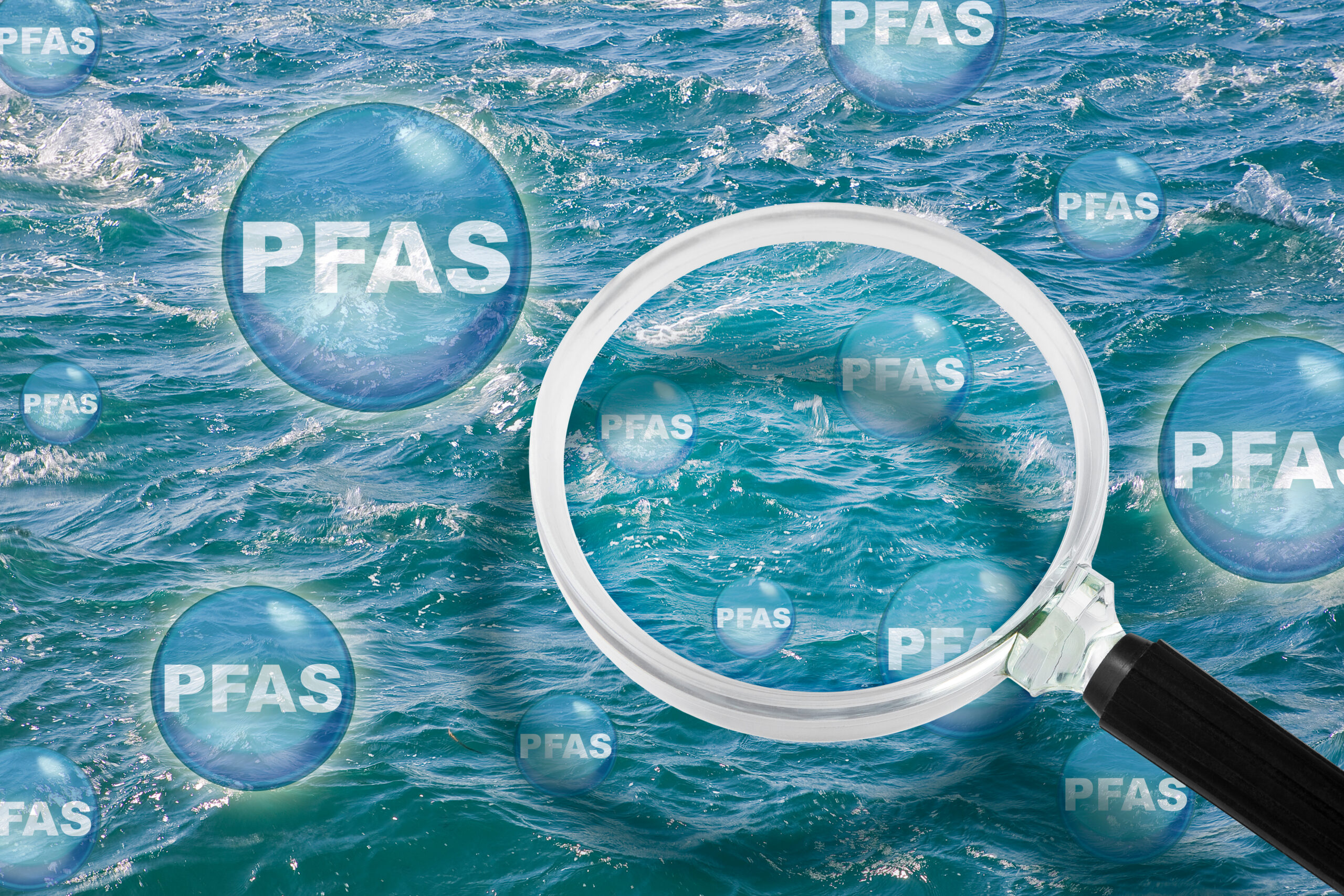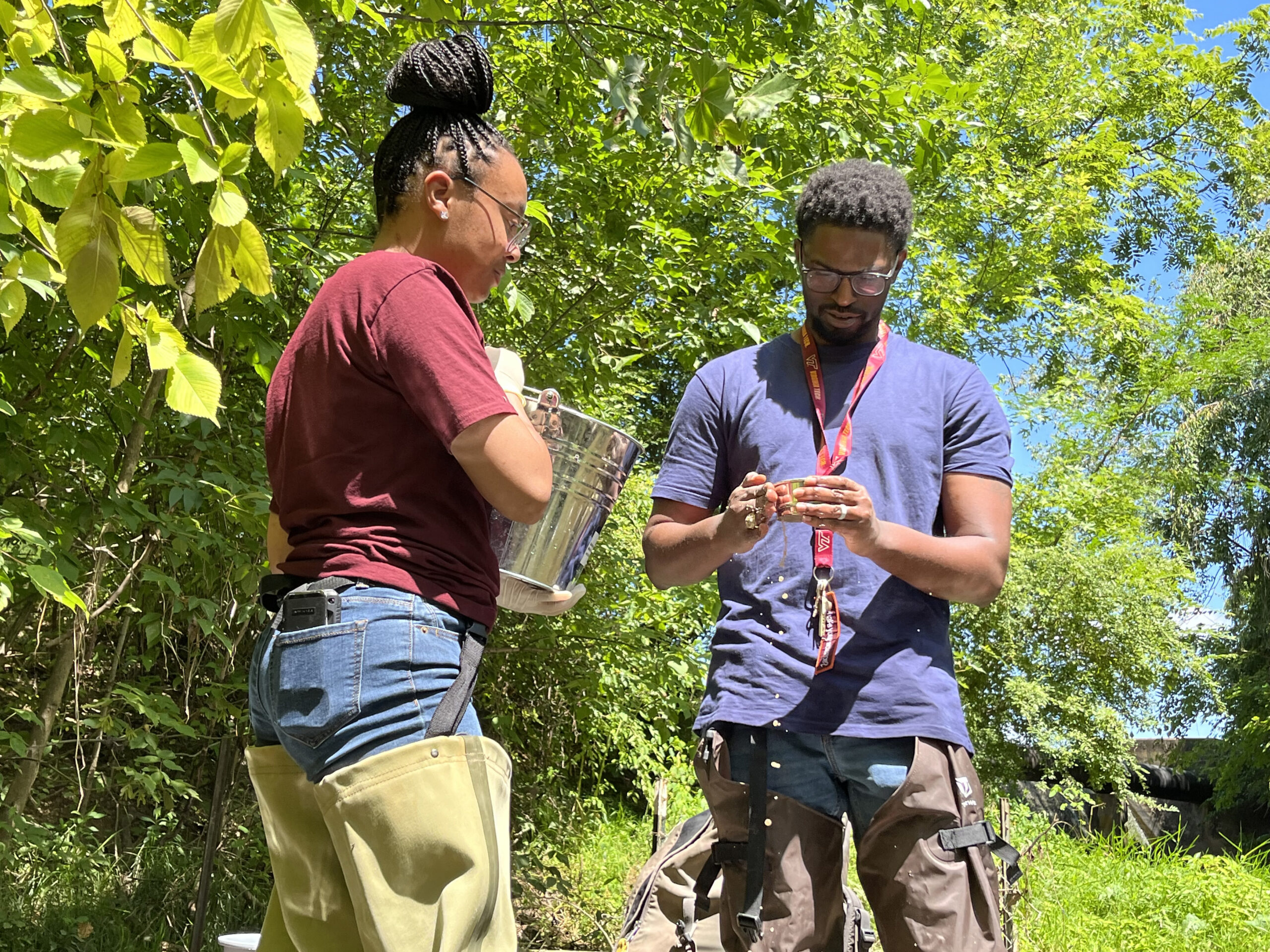Emerging Contaminants: Mystery in the Cape Fear
New testing reveals eight previously unrecorded forms of PFAS

PFAS are a hot topic. These man-made chemicals resist heat, stains, grease, oil, and water, which is in large part why companies use them.
In the early 2000s, scientists voiced their concern over the potential detrimental effects of PFAS. These “forever chemicals,” in some forms, can persist in the environment for centuries. Human health effects of PFAS include a reduced immune response, interference with natural hormones, decreased female fertility, and increased risk of prostate, kidney, and testicular cancer.
PFAS in the Cape Fear River
In June 2017, the North Carolina Department of Environmental Quality and the Department of Health and Human Services began to investigate the presence of GenX in the Cape Fear River. The state was able to stop the release of GenX and two other PFAS into the Cape Fear River by tracing the substances back to a Chemours facility in Fayetteville.
In October 2023, residents, who have been relying on bottled water to avoid their GenX-contaminated wells, expressed shock when the Environmental Protection Agency (EPA) approved a Chemours request to import up to 4 million pounds of GenX. In addition to frequent resident-organized protests, Cumberland County is suing Chemours, Corteva, and New DuPont for the mismanagement of PFAS contamination.
The Devil We Don’t Know
The U.S. Environmental Protection Agency (EPA) maintains a CompTox Chemicals Dashboard PFAS Master List, which has over 14,000 entries. This list is not all-inclusive, however, as manufacturers are constantly developing new compounds.
Traditional testing methods only target a select group of “legacy PFAS,” that first round of PFAS that raised scientists’ concerns in the early 2000s. With this test, we need to know the chemical structure of the substance to determine if it is present, which limits our understanding of how prevalent PFAS are in the environment to the narrow list of substances that manufacturers report to the EPA.
How Do You Test for Something You Don’t Know Exists?
North Carolina Sea Grant partially funded the work of University of North Carolina at Chapel Hill and NC State University researchers who have developed “ion mobility spectrometry” (IMS). This approach examines individual ions to understand molecular structure, rather than only looking for a match to a known structure.
In 2016, the research team sampled water downstream of a chemical manufacturing plant along the Cape Fear River. Using the new IMS approach, the researchers discovered 47 PFAS in the river. Eight were previously unrecorded, and the researchers confirmed that three suspected PFAS also were present.
“If industries create molecules that they don’t tell the public about, and we only test for the molecules they do tell us about, we could be missing things,” says Erin Baker, in a news story from UNC Research. Baker heads the UNC lab that developed IMS. “We need to use nontargeted testing to have more information on what our communities are being exposed to.”
With many different “forever chemicals” in the Cape Fear River, knowing what’s out there is integral as we move forward to identify solutions for PFAS contamination and its impacts on human health, wildlife, and the environment.
More
- Coastwatch has covered PFAS contamination for years, including our Winter 2018 issue’s “River of Woes” and as recently as the Safety Alert in our Fall 2023 issue.
- the full study on using IMS to detect PFAS
- more on Erin Baker’s work
- Fayetteville Observer on GenX
- Cumberland County vs. “PFAS Defendants”
- NC Department of Health and Human Services on GenX
- EPA on PFAS
- PFAS in NC Tidal Creeks
- alligator exposure to PFAS in NC
lead image credit: Fransesco Scatena/ AdobeStock.
Hanne Parks is a science communication intern for North Carolina Sea Grant and a graduate student in fisheries, wildlife, and conservation biology at NC State University.
- Categories:


